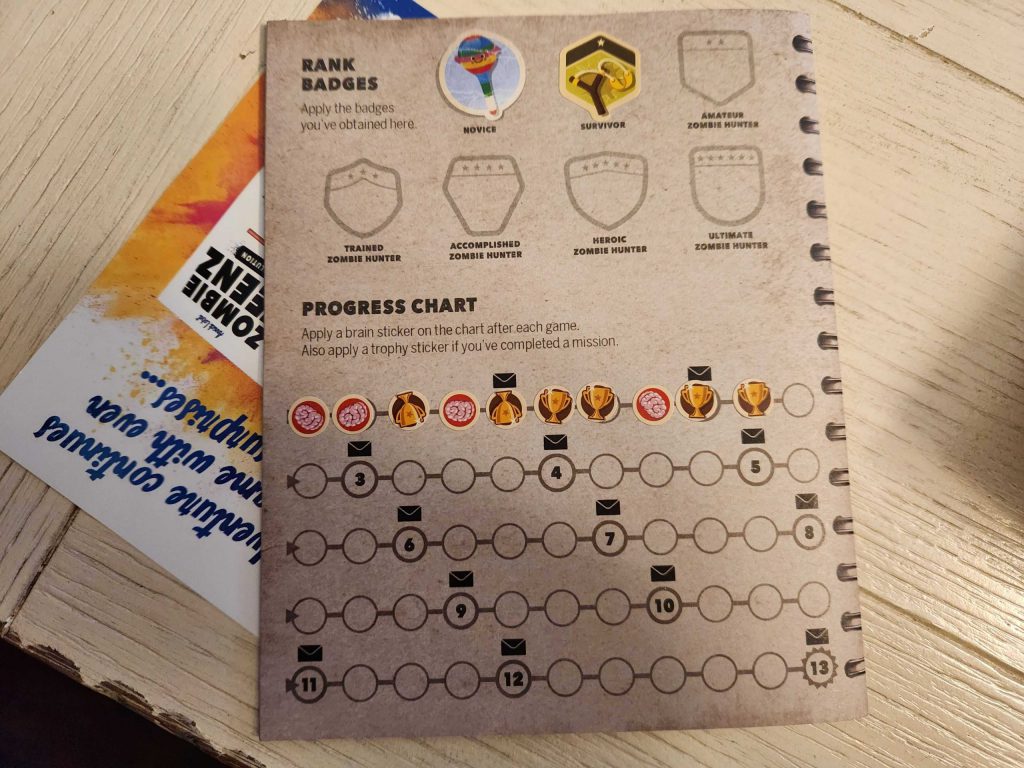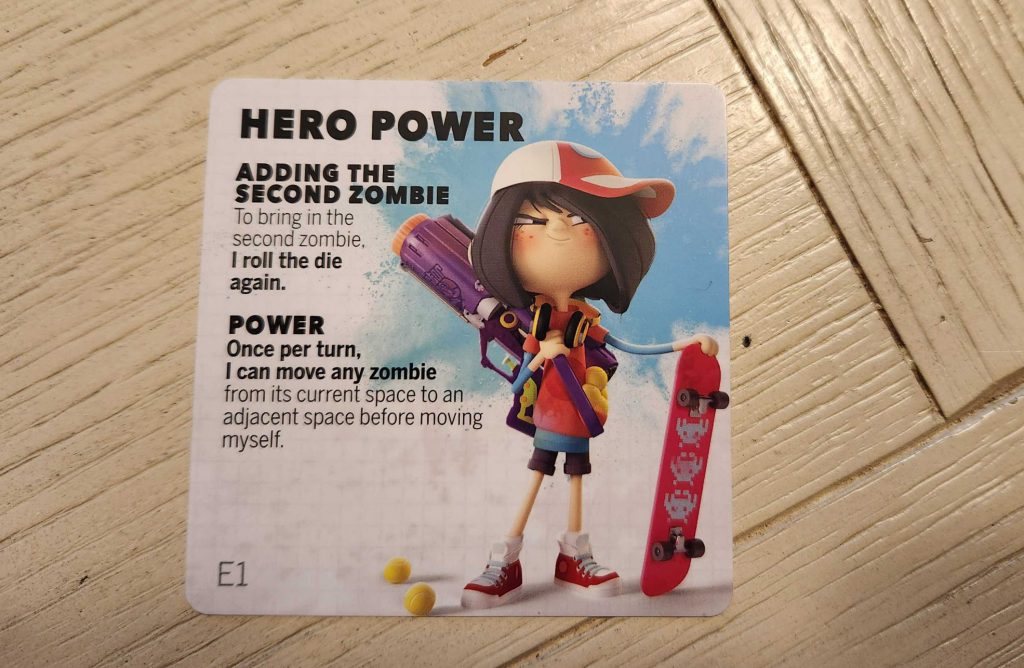It’s been a while since I’ve written about picking up a new board game for my family and that’s not a coincidence – we’ve entered into a bit of a rough spot with regard to board games for my son. He’s in the process of learning to read now and doing pretty well at it, but he currently sees the process of reading as a chore and it isn’t yet something he wants to do for fun. We’ll get there, but the challenge of having games with reading in them is that his ability to read is currently limited to words that can be read phonetically, and it turns out English is actually a pretty terrible language when it comes to words that sound like they are spelled. Despite this reading challenge he’s pretty bright and loves games so we’re put in a spot where most games for kids below reading age are too simple for him, but games based around strong reading skills are too complex.
From a rule standpoint, he’s able to pick up and retain a lot more now, and he’s able to read and understand numbers and translate those to mechanics, so that has opened up some things for us. We’ve actually played the new HeroQuest a few times with him and while he still needs to work on his patience and waiting for other players, that’s been good. We’re still focusing on cooperative games, since those also work best for him. They put us in a more constructive learning environment where we can work with him and explain things to him while still engaging in good play.
Enter Zombie Kidz Evolution from Atomic Empire. Although still half a year below the game’s recommended age range, we decided to give this one a go because it seemed pretty simple. And in its base format, it very much is. You have 2-4 players taking on the role of kids holed up in their school trying to keep out the zombies and bar all four entrances, Dawn-of-the-Dead style. My son loves zombies despite never having seen a zombie movie, so he’s in for this.
Turns are extremely simple at the outset. A player rolls a colored die to determine which room on the board gets a new zombie, adds a zombie to that room, and then they can move to an adjacent room. After they move they can clear the room they’ve moved to of zombies. You can’t move to a room with 3 or more zombies on it (and must leave a room if it has 3 or more), and if you ever run out of zombies to add to rooms everyone loses. If you get two players on one of the gate spaces, they can close the gate together. Close all four gates and you win.
This base state of the game is pretty simple and works well for young players. It’s very possible to lose, and the game has a Pandemic-like tension between clearing rooms of zombies and moving to the outer spaces to close gates needed to win. If a room ever gets 3+ zombies on it players can no longer interact with it or move through it so winning at that point becomes a race against time to avoid running out of zombies or being locked out of part of the board. It only took a game or so to get the hang of for my son, and games took around 20 minutes at this point.
If you have younger kids, you could keep playing the game in this state until they’re old enough to move on. It’s simple but somewhat challenging, though adults will get bored of it after 5-6 games, most likely. But that’s where the game’s Legacy mechanics come in. As you play and win games, you mark those off on a score card which in turn unlocks envelopes with new rules and developments. The first of these introduces rules for specific player characters. These give special abilities to specific characters in the game, but at the cost of adding extra zombies to the board each round.
What these rules often do is allow you to move zombies around or interact with them in other ways, clearing the way for more complex interactions and decisions for each player. This creates some good opportunities to teach kids strategy and have them feel out what they can do, and introducing character abilities one at a time helps ensure you ramp up the game’s difficulty and complexity slowly. If you’re me the biggest challenge will be to avoid quarterbacking the game, letting your kid make mistakes and decisions on their own rather than telling them what to do, even if that means losing.
In addition to the game’s standard rules there are a bunch of extra challenges you can do to earn badges for your rulebook’s achievement wall, and these also provide fun opportunities to ramp up the difficulty without ramping up the complexity. A lot of care has been taken here to letting you control how much mental load the game needs, making it easy to tweak to your specific kid/family requirements.
Final Verdict
We’ve only scratched the surface of Zombie Kidz in terms of digging into the legacy content. There’s a lot here and so far it has helped keep the game interesting beyond the initial game or two while not making things too complex for my son to understand. We’ll likely sit on the first envelope rules a while longer in order to get him familiar with the concept of character-specific rules, but one he has a feel for that I’m sure he’ll want to open the other envelopes to see what’s waiting in there.
The idea of legacy games for kids is pretty great and I’d love to see more companies do this in a way that takes a game from something for little kids to something for older kids, so the game can level up and change as your kid does and grow with them.
Have any questions or feedback? Drop us a note in the comments below or email us at contact@goonhammer.com.





